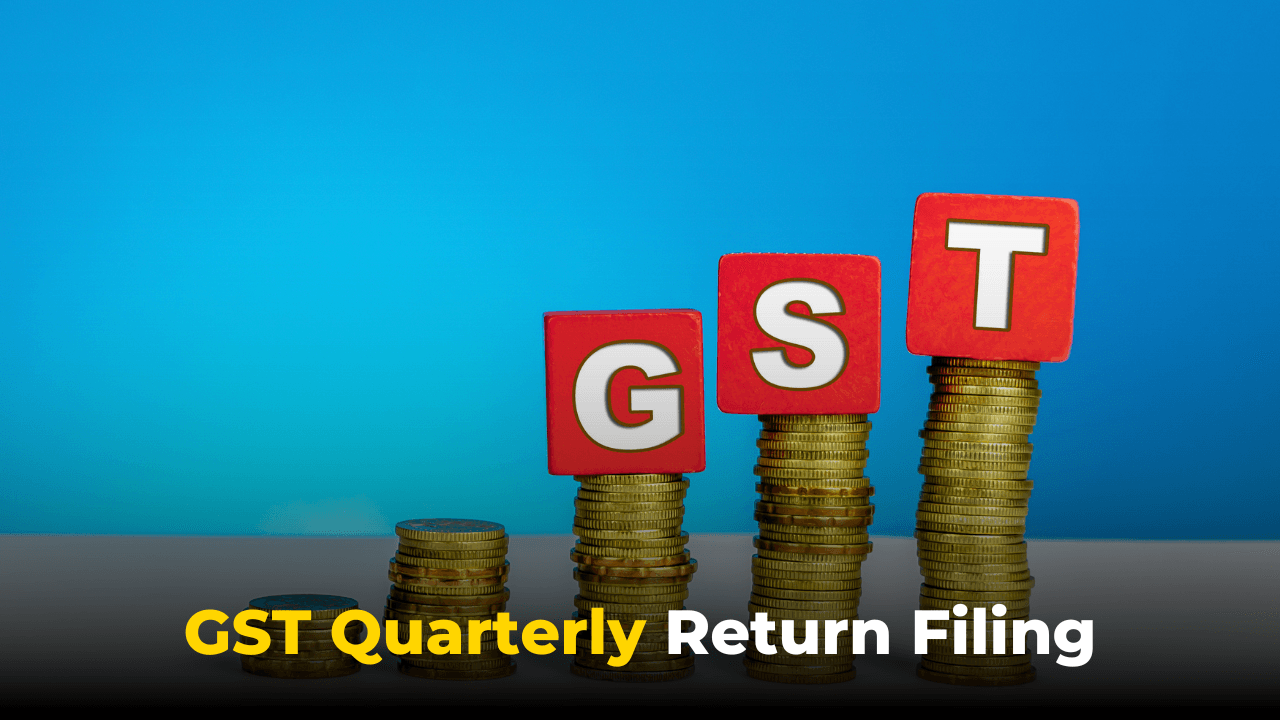

GST Quarterly Return Filing: Filing GST returns is a mandatory compliance activity for businesses registered under India’s Goods and Services Tax (GST) system. To simplify compliance for small businesses, the government has introduced the Quarterly Returns Monthly Payment (QRMP) scheme, enabling eligible taxpayers to file returns quarterly while paying taxes monthly. This blog explains the QRMP scheme in detail and highlights how small businesses can benefit from the GST Quarterly Return Filing Option.
GST returns are official documents submitted to tax authorities that detail a business’s financial transactions, including sales, purchases, tax collected, and tax paid. These returns are essential for reporting GST liabilities and claiming Input Tax Credit (ITC). Depending on the size and nature of the business, GST returns must be filed either monthly or quarterly.
Small taxpayers are businesses or individuals whose annual turnover does not exceed ₹5 crores in the previous financial year. To reduce their compliance burden, the government allows small taxpayers to choose between quarterly or monthly GST return filing options. Under the quarterly filing system, three distinct types of returns can be filed:
The Quarterly Returns Monthly Payment (QRMP) scheme is a government initiative that allows eligible businesses to file GSTR-1 and GSTR-3B quarterly while paying taxes every month. This scheme is particularly beneficial for small businesses with annual turnovers of up to ₹5 crores.
Previously, businesses had to file these returns monthly, leading to higher compliance costs and time investment. With the QRMP scheme, businesses can reduce the frequency of return filings while maintaining compliance with monthly tax payment requirements.
The QRMP scheme is available for the following:
Opting for the QRMP scheme is a straightforward process. Eligible taxpayers can log in to the GST portal and follow these steps:
This flexibility allows businesses to align their filing preferences with operational needs.
The GST Quarterly Return Filing option provides several advantages to small businesses:
Filing returns quarterly instead of monthly significantly reduces the administrative workload, allowing businesses to focus more on their operations.
Quarterly return filing gives small businesses more time to plan their finances, as they only need to calculate and file returns once every three months.
The reduced frequency of return filing lowers compliance costs, particularly for small businesses that rely on external consultants for tax filing.
Small business owners can dedicate their time to core business activities instead of spending excessive time on tax compliance.
The QRMP scheme simplifies the process of maintaining and submitting records, making it accessible for businesses with limited financial expertise.
Even though returns are filed quarterly, taxpayers must pay taxes monthly using one of the following methods:
To encourage timely compliance, the government imposes late fees for delayed filing of returns:
The maximum penalty is capped at ₹5,000.
Let’s consider a small retail business with an annual turnover of ₹3 crores:
This process reduces the compliance burden while ensuring tax obligations are met.
While the QRMP scheme is beneficial for small businesses, there are some limitations:
The GST Quarterly Return Filing Option is a game-changer for small businesses. By reducing the frequency of return filings, the QRMP scheme simplifies tax compliance, lowers costs, and provides much-needed flexibility. For businesses with straightforward transactions, this scheme offers an ideal balance between compliance and operational efficiency.
With the option to file returns quarterly and pay taxes monthly, small businesses can better manage their resources and focus on growth. The scheme also minimizes potential errors and disputes by extending the timeline for addressing issues.
If you are a small business owner with an annual turnover of ₹5 crores or less, consider opting for the QRMP scheme to take advantage of its many benefits. Streamline your GST compliance and experience the convenience of quarterly return filing today!
by Corporate Advisory, TRUSTLINK